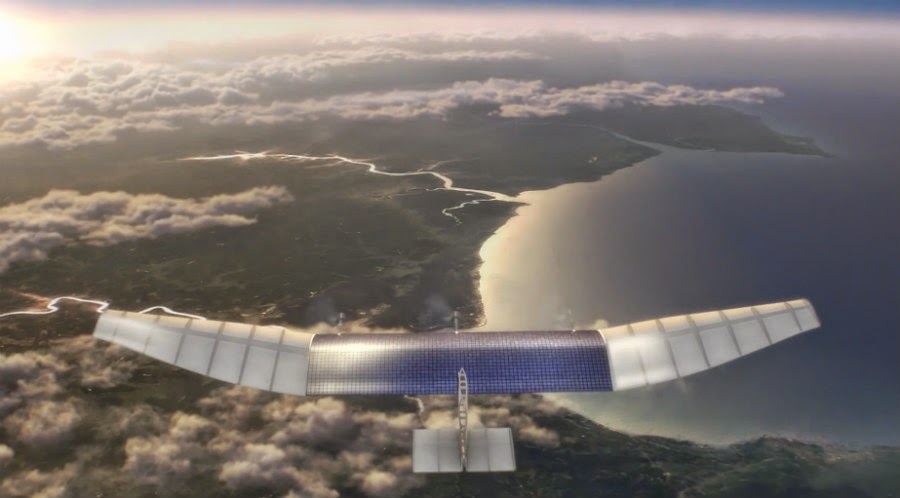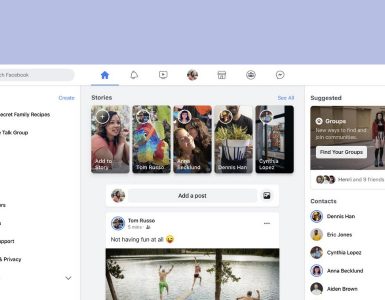Facebook CEO Mark Zuckerberg has announced that: Formation of Connectivity Lab with experts who previously worked with U.K.-based Ascenta, NASA’s Jet Propulsion Laboratory and Ames Research Center, and the National Optical Astronomy Observatory & also planning to test drones for beaming Internet to Earthlings, on same lines of Google’s project “Loon balloons”. Facebook as part of its plans will further carry on its tests & checks on the feasibility of WiFi hotspots hosting in the sky in coming year, 2015. He also added that all these plans are as a part of the mission of Internet.org, the global partnership formed by Facebook, Ericsson, MediaTek, Nokia, Opera, Qualcomm, and Samsung last August– with an aim of providing Internet access to the population globally via web that have no access till now.
Drones are generally known as unmanned aerial vehicles (UAV). Essentially, a drone is a flying robot. The aircraft may be remotely controlled or can fly autonomously through software-controlled flight plans in their embedded systems working in conjunction with GPS, these tests further involves satellites & infrared lasers to built as a whole to provide Internet services to everyone on earth.
And coming to the point of issues like its costs, benefits & capabilities that lie in bringing beaming Wi-Fi from sky Facebook taking all into consideration & further planning seriously to take all other means & solutions to fuel its plans & making efforts further more like: opting invisible laser beams & transmit data through space via light.
Mark Zuckerberg mentioned the reason behind using drones for Wi-Fi from sky as a option mainly because of the possibility & choice of precise control of drones, unlike balloons.
Mark Zuckerberg “Our team has many of the world’s leading experts in aerospace and communications technology, including from NASA’s Jet Propulsion Lab and Ames Research Center. Today we are also bringing on key members of the team from Ascenta; a small U.K.-based company whose founders created early versions of Zephyr, which became the world’s longest flying solar-powered unmanned aircraft. They will join our team working on connectivity aircraft”.
The team’s working principle involves an approach based on community size & location of geographical region to provide Wi-Fi from sky. And working on new delivery platforms like: planes & satellites are used to provide Wi-Fi from sky to communities with different population densities.
Solar powered high altitude, long endurance aircraft for suburban areas. And geosynchronous satellites can be used to beam Wi-Fi from sky & beam Internet access to the Lower density areas.
And for all the above possibilities the Connectivity Lab team wishes to utilize FSO. FSO, Free-Space Optical communication is a way of using light to transmit data through space using invisible, infrared laser beams. FSO is a promising technology that potentially allows us to dramatically boost the speed of Internet connections provided by satellites and drones.





















